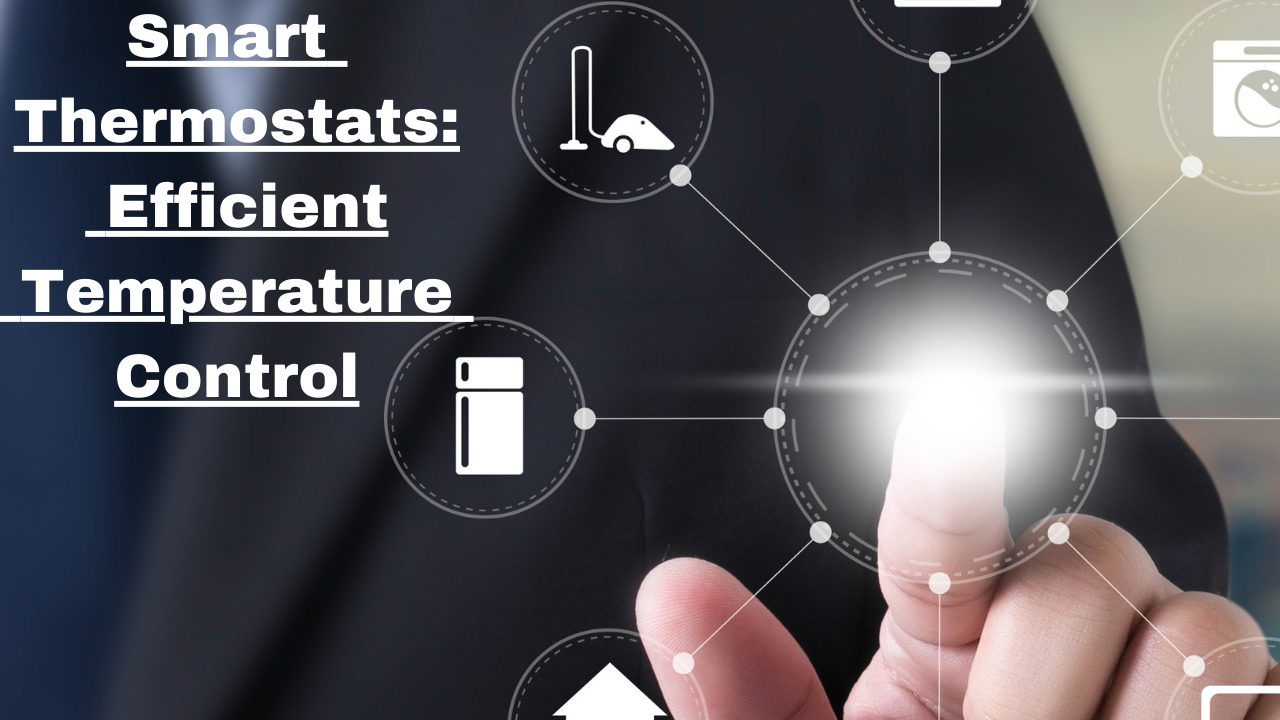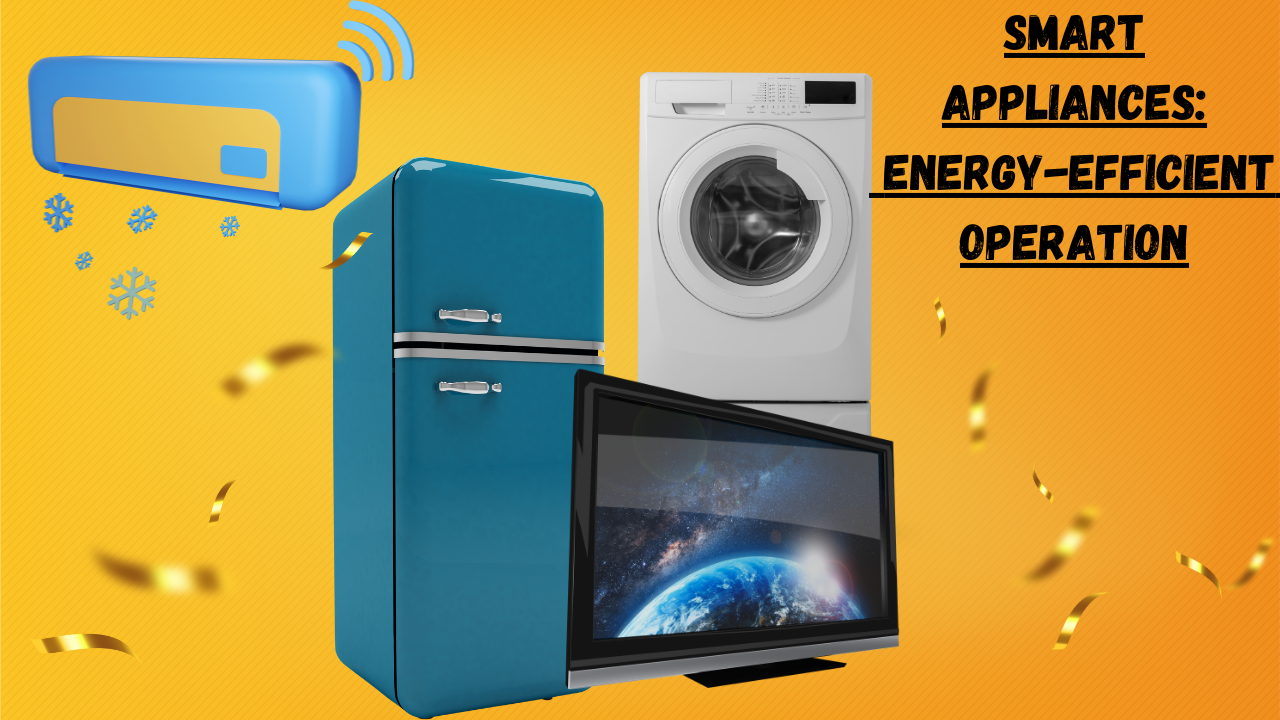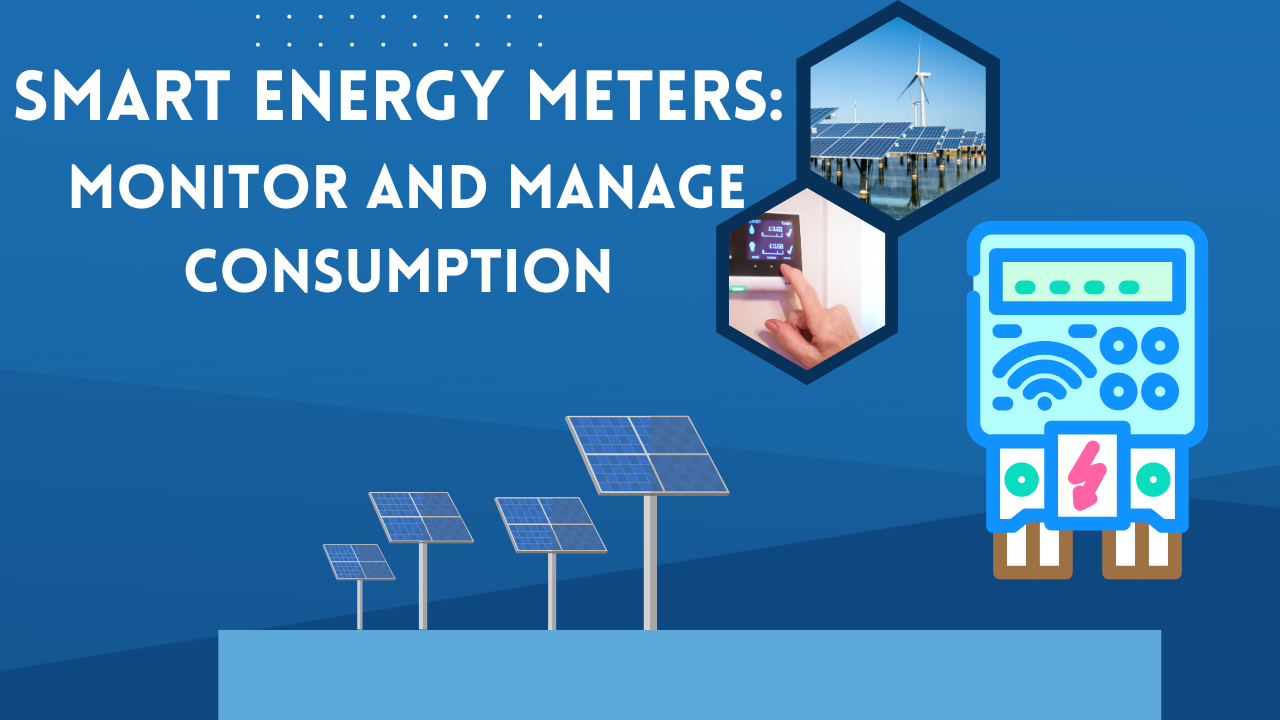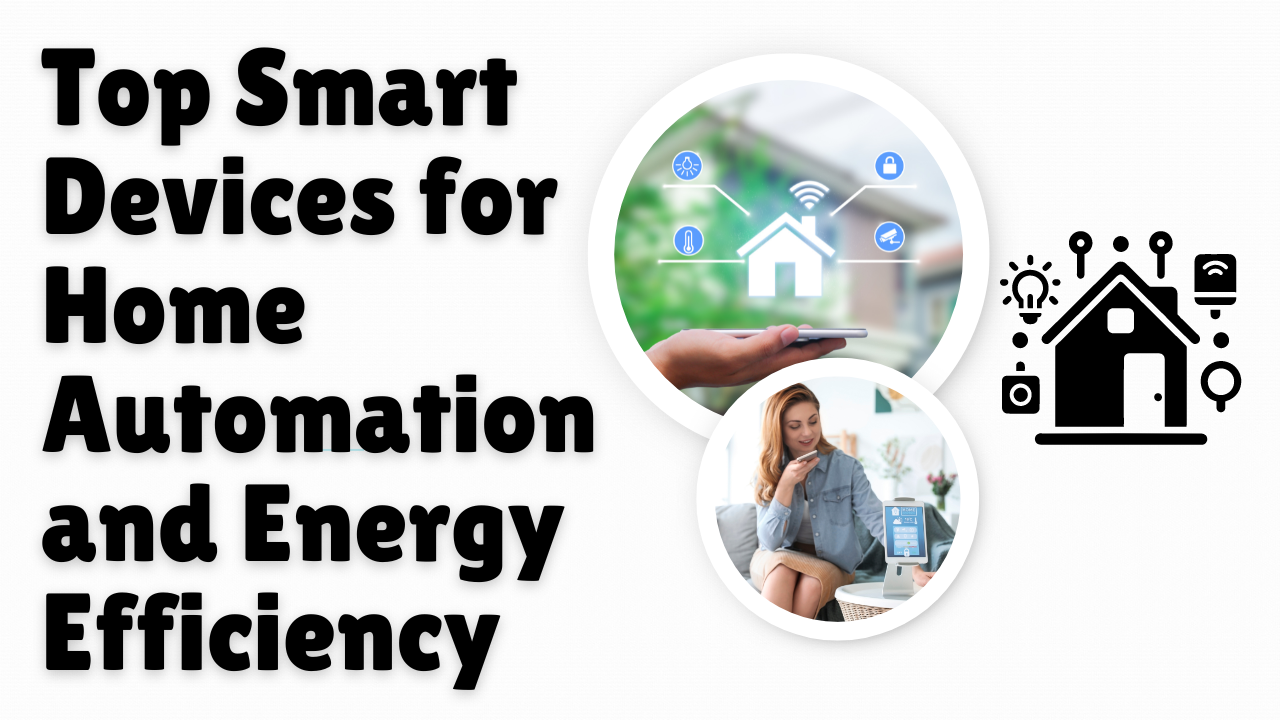In today’s world, smart devices are revolutionizing how we live and interact with our homes. With advancements in technology, smart home automation is becoming more accessible and affordable, making it easier than ever to optimize your home for convenience, security, and most importantly, energy efficiency. By integrating smart devices into your daily life, you can control appliances, lighting, and temperature settings remotely, reduce energy waste, and save on utility bills. This guide will explore the top smart devices that can enhance both your home automation and energy efficiency.
Introduction to Smart Home Automation
Smart home automation involves using devices and systems that are connected to the internet and controlled through smartphones, tablets, or voice commands. These devices often communicate with each other through a hub or an app, allowing for streamlined control of lighting, heating, cooling, security, and appliances. When used strategically, smart home technology not only adds convenience but also helps homeowners reduce energy consumption and cut costs.
Benefits of Smart Devices for Energy Efficiency
Before diving into the top smart devices, let’s highlight the key benefits of integrating energy-efficient technology into your home:
- Lower Energy Bills: Smart devices help manage and reduce the energy used by lights, appliances, and HVAC systems.
- Remote Control: You can control devices even when you’re not home, ensuring nothing stays on unnecessarily.
- Sustainability: By using energy more efficiently, smart devices contribute to a more sustainable living environment.
- Convenience and Automation: Automated scheduling and programming optimize your energy use without manual intervention.
Smart Thermostats: Efficient Temperature Control
One of the most impactful smart devices in home automation is the smart thermostat. These devices can learn your habits and adjust the temperature accordingly, saving energy by heating or cooling your home only when necessary.
Nest Learning Thermostat
The Nest Learning Thermostat is a pioneer in the smart thermostat market. It learns your daily schedule and adjusts the temperature automatically to maximize energy efficiency. With features like eco-mode and the ability to control it remotely through an app, this thermostat can save up to 15% on cooling and 10-12% on heating bills.
Ecobee SmartThermostat
The Ecobee SmartThermostat offers similar features but adds integration with room sensors that monitor temperatures across multiple rooms. This ensures a more consistent and comfortable temperature throughout your home, with the potential for even greater energy savings.
Smart Lighting: Efficient and Convenient
Lighting is another area where smart devices can make a significant difference in energy efficiency. Smart lighting systems allow you to control lights remotely, schedule them to turn on or off, and even dim them according to natural light conditions.
Philips Hue Smart Bulbs
Philips Hue is one of the most popular smart lighting solutions. These bulbs can be programmed to change color, brightness, and schedule according to your preferences. Through motion sensors and timers, you can automate when the lights are needed, cutting down unnecessary energy usage.
LIFX Smart LED Bulbs
The LIFX Smart LED Bulbs offer Wi-Fi connectivity without the need for a separate hub. You can control these bulbs through your smartphone or voice assistant and even set schedules for when lights should be dimmed or turned off completely.
Smart Plugs: Manage Device Power Consumption
Smart plugs are simple yet effective tools for energy efficiency. They allow you to control the power to devices plugged into them remotely, cutting off standby power (phantom energy use) when the devices are not in use.
TP-Link Kasa Smart Wi-Fi Plug
The TP-Link Kasa Smart Wi-Fi Plug is an easy-to-use device that allows you to monitor and control the energy consumption of any connected appliance. You can schedule when devices like coffee makers, lamps, or TVs should be powered on or off, reducing energy waste.
Wemo Mini Smart Plug
Another popular option is the Wemo Mini Smart Plug, which integrates with popular voice assistants like Alexa, Google Assistant, and Apple HomeKit. It offers energy monitoring features and helps you keep track of how much power each connected device uses, allowing you to make informed decisions.
Smart Power Strips: Prevent Phantom Energy Loss
Phantom energy, or standby power, is the energy consumed by electronics and appliances even when they’re turned off. Smart power strips can eliminate this waste by cutting power to devices that are not in use.
Belkin Conserve Smart Power Strip
The Belkin Conserve Smart Power Strip is designed to help reduce standby power consumption by automatically cutting off power to peripherals like printers and speakers when your computer is turned off. This simple solution can save a significant amount of energy over time.
APC Smart Surge Protector
Another option is the APC Smart Surge Protector, which not only protects devices from power surges but also intelligently powers off connected devices that are not in use, further enhancing your energy-saving efforts.
Smart Appliances: Energy-Efficient Operation
Modern smart appliances like washing machines, refrigerators, and dishwashers come with energy-saving settings and smart functionalities. That allows you to control them remotely or operate them during non-peak hours.
LG ThinQ Smart Appliances
LG’s ThinQ smart appliances include washing machines, refrigerators, and ovens that can be controlled via the ThinQ app. These appliances optimize their energy consumption by adjusting to your schedule and usage patterns, ensuring they operate only when needed.
Samsung SmartThings Appliances
Samsung SmartThings offers a range of energy-efficient smart appliances that allow you to monitor and control energy usage. For example, you can schedule your washing machine to run during off-peak energy hours, saving both energy and money.
Smart Sensors: Optimizing Home Environment
Smart sensors can detect movement, temperature, and environmental changes to automate home operations, enhancing energy efficiency.
Wyze Sense
The Wyze Sense system includes motion detectors, contact sensors, and temperature sensors that can communicate with other smart devices. For example, if no motion is detected in a room for a certain period, it can turn off the lights automatically.
Eve Room Air Quality Monitor
The Eve Room monitor tracks air quality, temperature, and humidity. It can integrate with other smart devices. Such as thermostats and fans, to optimize air conditioning and heating systems based on real-time environmental conditions.
Smart Blinds and Curtains: Regulate Heat and Light
Smart blinds and curtains allow you to automate the opening and closing of window coverings, helping regulate heat and light in your home to minimize energy usage.
Somfy Motorized Blinds
Somfy Motorized Blinds can be controlled remotely or set on a schedule to open and close based on the time of day or temperature. This helps regulate indoor temperatures by blocking heat during hot summer days or letting in sunlight for natural heating during the winter.
IKEA Fyrtur Smart Blinds
IKEA’s Fyrtur smart blinds are an affordable option for automating window coverings. These blinds are blackout-style and can be integrated with smart home systems to open and close based on light or temperature conditions, improving energy efficiency.
Smart Energy Meters: Monitor and Manage Consumption
Smart energy meters allow homeowners to monitor their real-time energy usage, providing insights into consumption patterns and opportunities to save energy.
Sense Energy Monitor
The Sense Energy Monitor connects to your home’s electrical panel and provides real-time data on energy consumption. It can even identify specific appliances and their energy usage, helping you optimize where to cut down on unnecessary power use.
Emporia Vue Energy Monitor
Another option is the Emporia Vue Energy Monitor. Which offers similar functionality and helps homeowners make informed decisions about energy use based on detailed consumption data.
Conclusion:
Integrating smart devices for home automation and energy efficiency is a step toward not only reducing your carbon footprint but also lowering your utility bills. Smart thermostats, lighting, plugs, and appliances all play a crucial role in optimizing how and when you use energy. By automating these processes, you can enjoy greater convenience, security, and savings, while also contributing to a more sustainable future.
FAQs
What are the most energy-efficient smart home devices?
Smart thermostats, smart lighting, and smart plugs are among the most energy-efficient devices for home automation. They provide significant savings by optimizing energy use.
Can smart devices reduce my energy bills?
Yes, many smart devices are designed to reduce energy consumption by automating lighting, heating, cooling, and appliance use, which can lead to lower utility bills.
Are smart home devices difficult to install?
Most smart home devices are easy to install and come with user-friendly apps for setup. Some may require basic electrical work, but many simply plug in and sync with your Wi-Fi network.
Can I control my smart home devices when I’m not home?
Yes, most smart devices can be controlled remotely through a smartphone app, allowing you to manage your home even when you’re away.
What smart devices offer the best value for energy efficiency?
Smart thermostats like Nest and Ecobee, along with smart plugs and smart lighting systems like Philips Hue, offer the best combination of value and energy savings.
